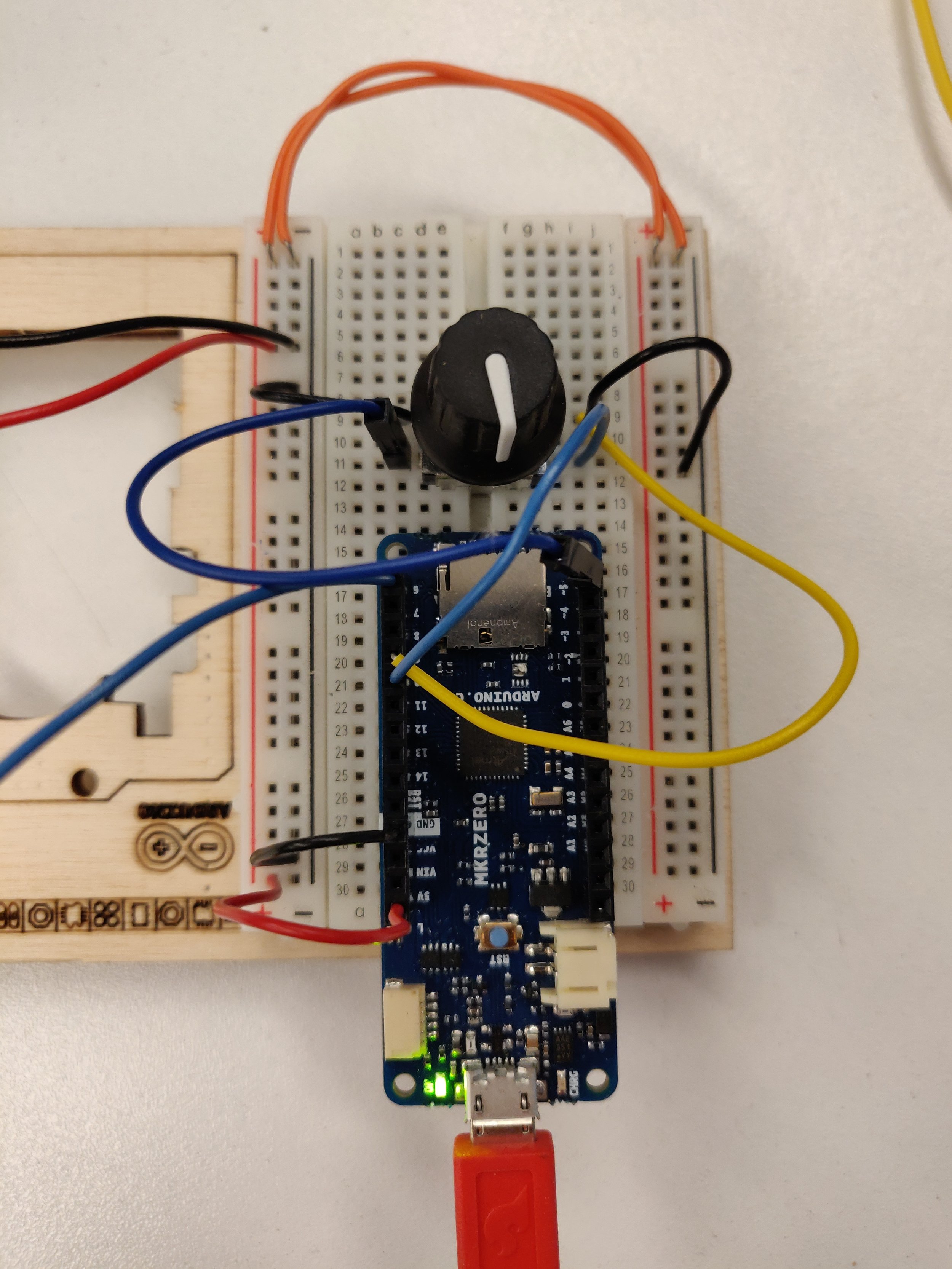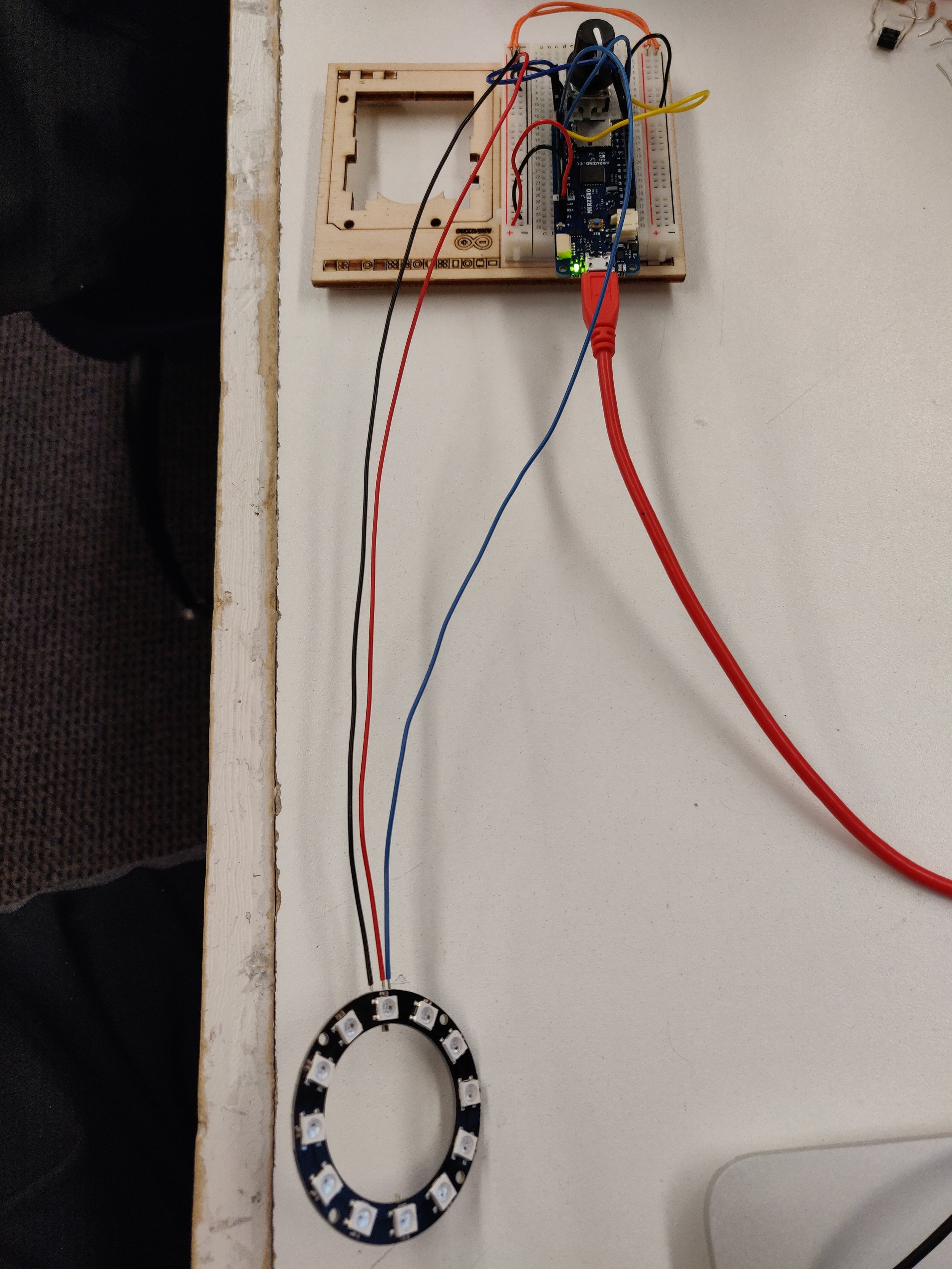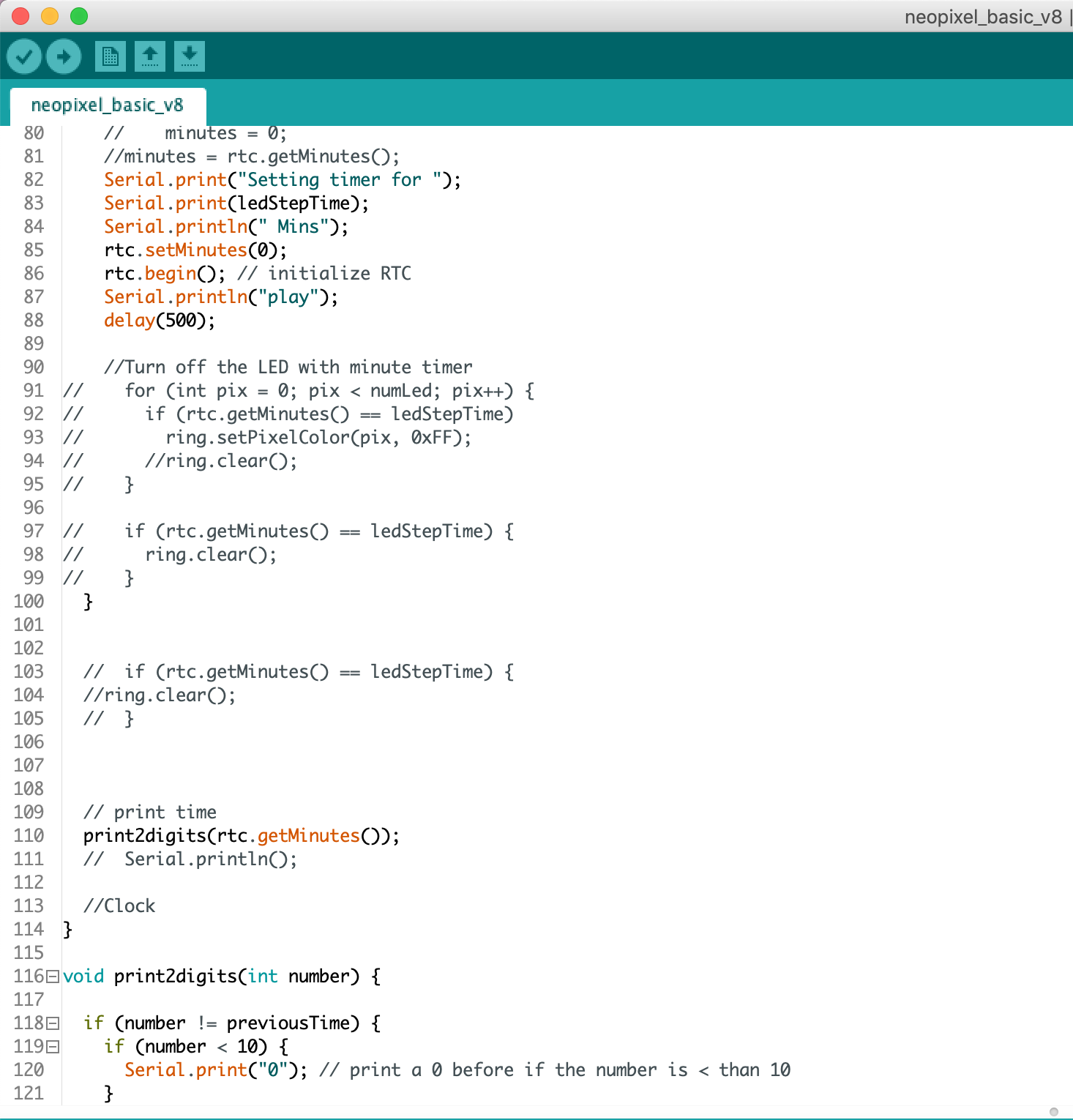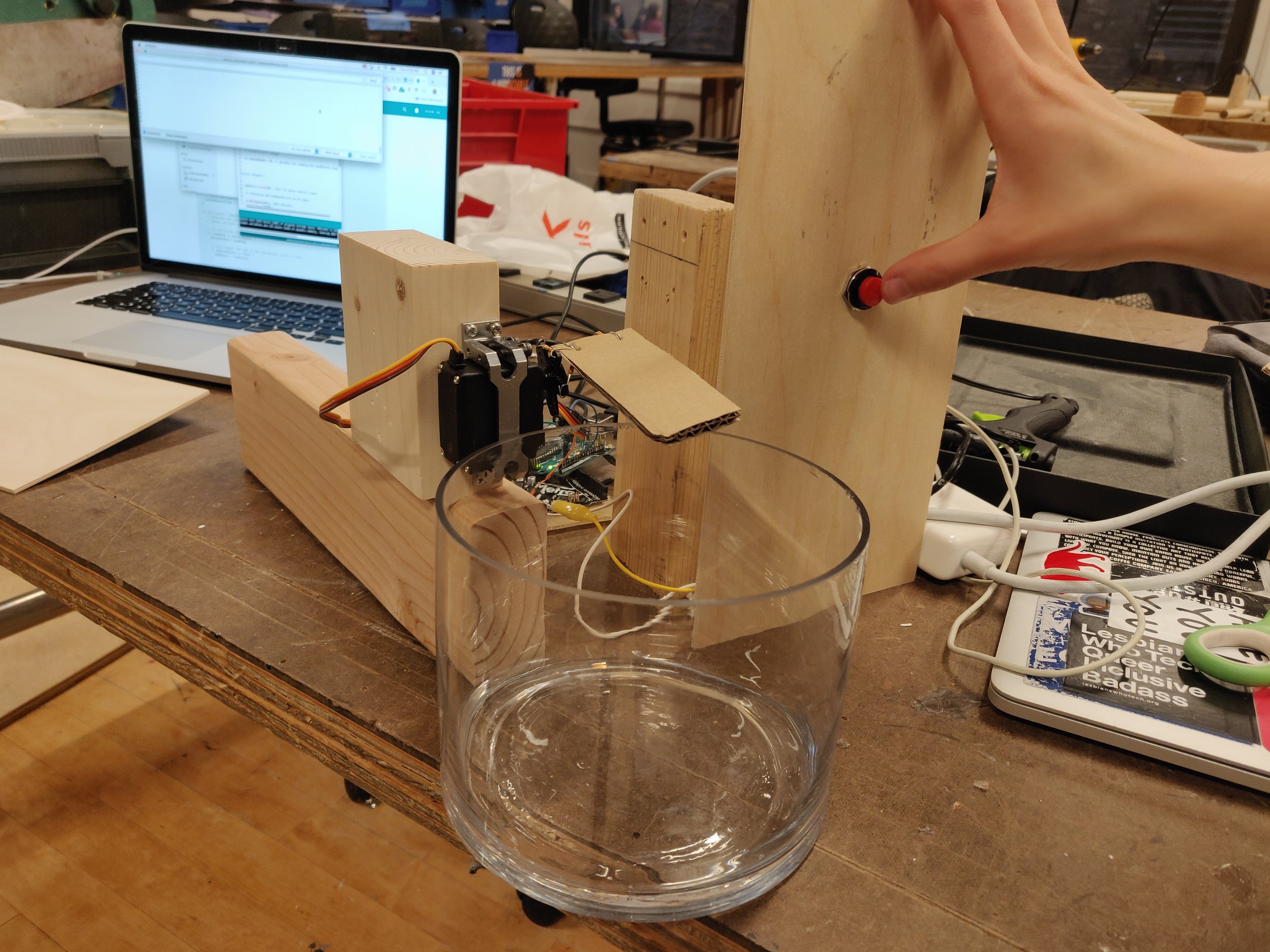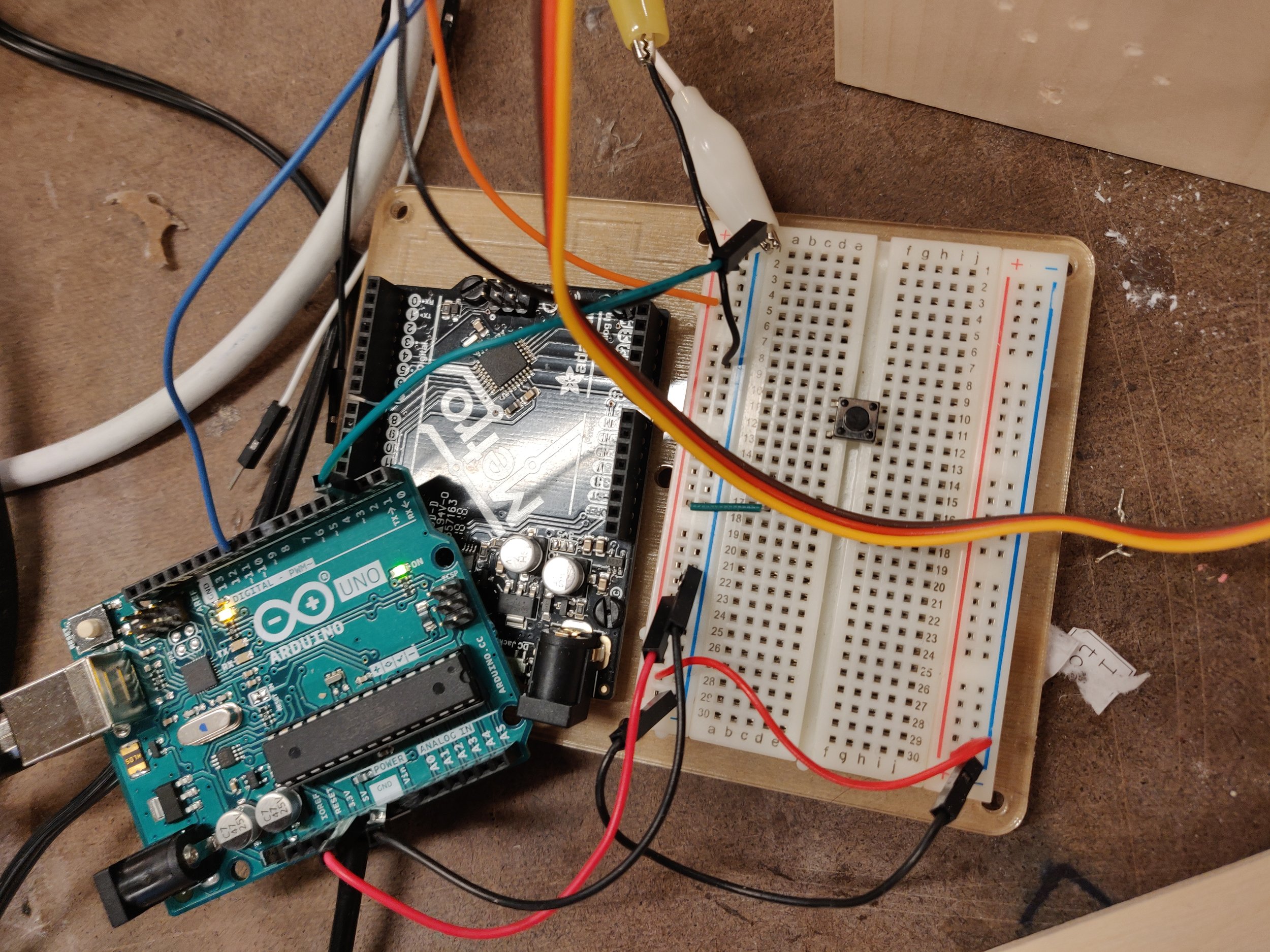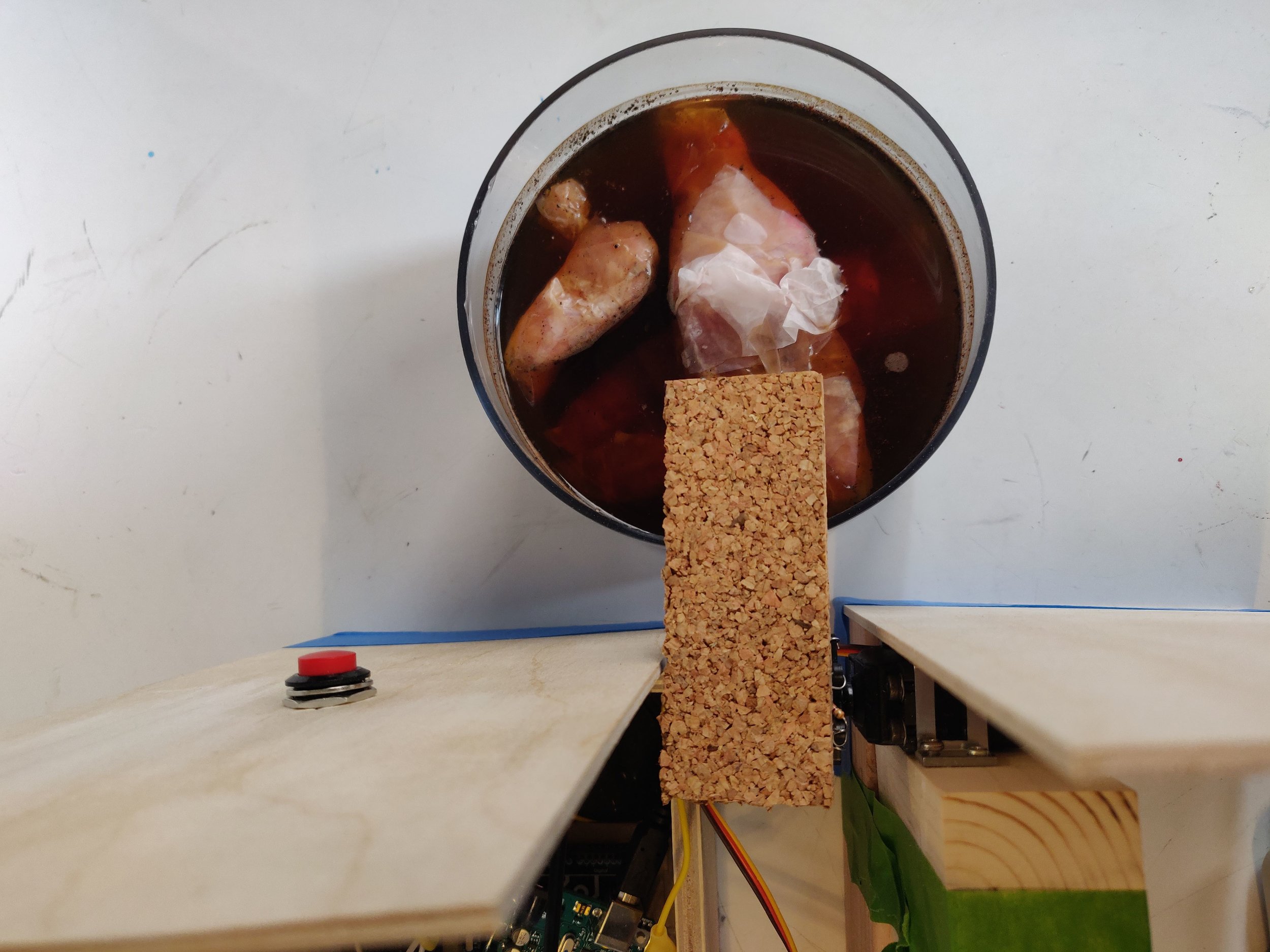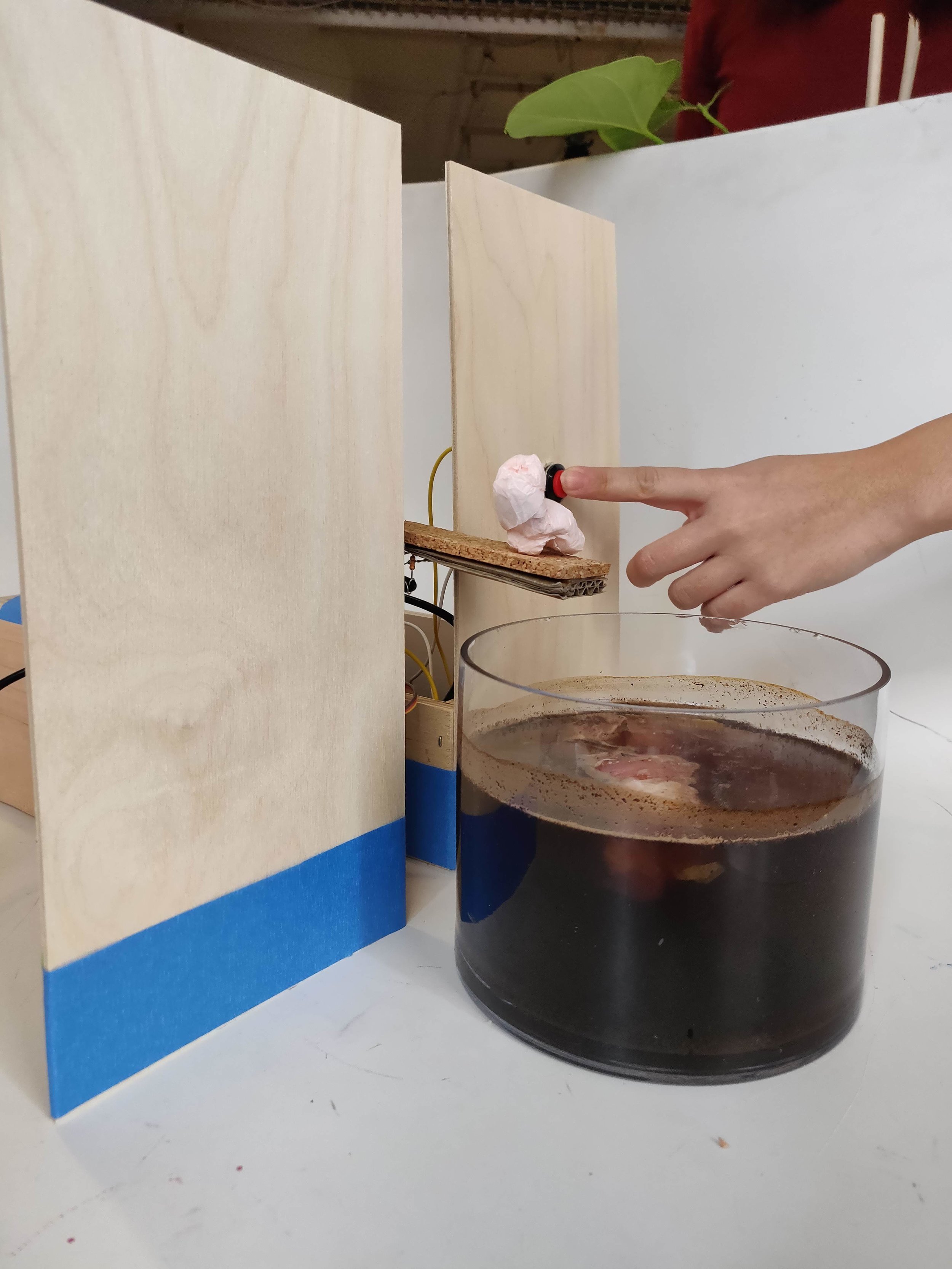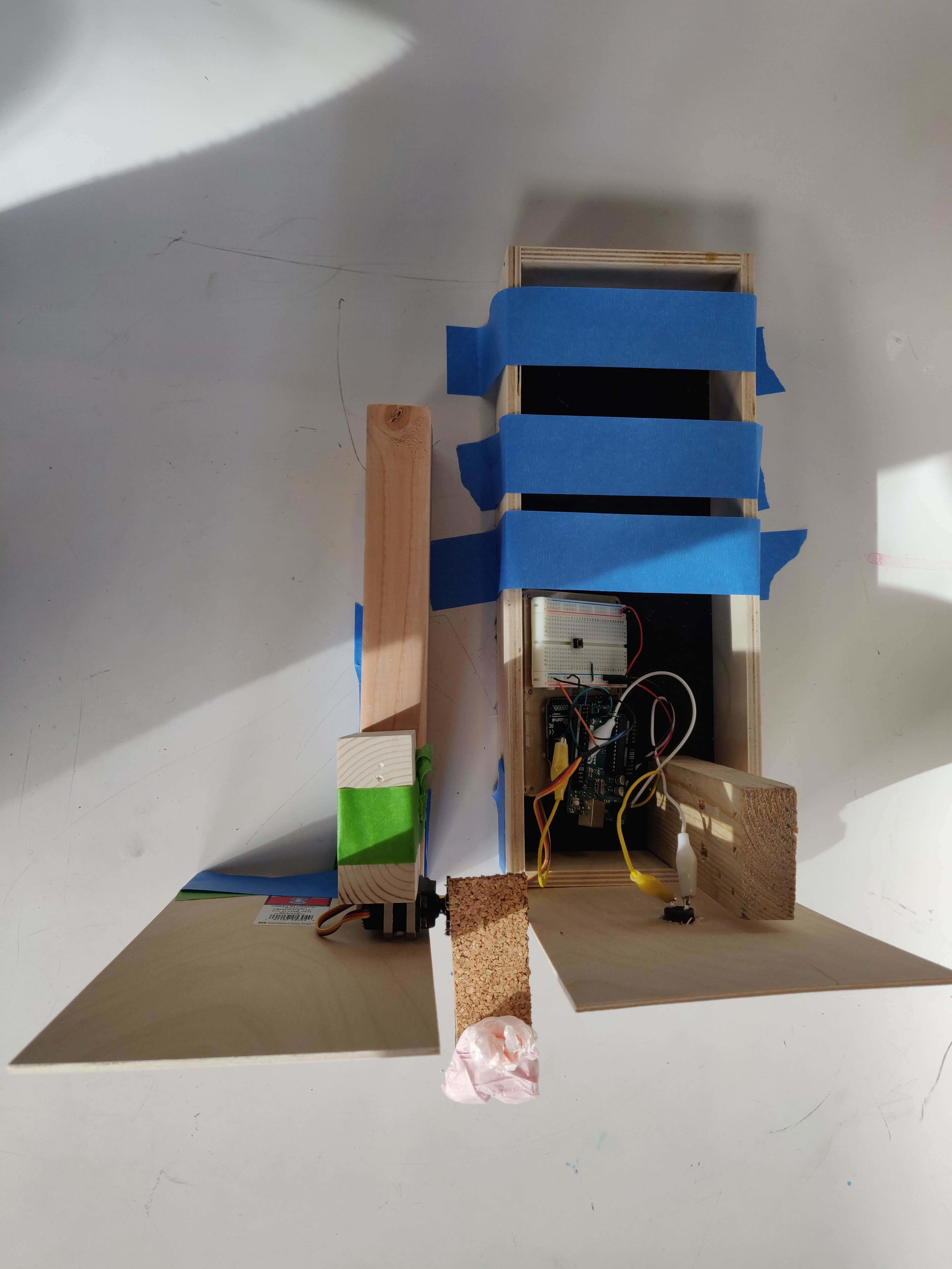Part 1: Data Double
This is a documentation of a series of online services that contain data about how I interact with technology, the purpose of this blog post is to be accountable about the data that I have requested and the data that I have been able to collect during the first week of class.
So far I have requested data from the following services:
Clue
Instagram
Gmail
Youtube
Google Maps
Strava
Facebook
Amazon
Interesting Findings: The Information architecture of the websites and services is specifically designed to make it harder to the user to request the data. It was a long process only to be able to find a link to request the information and most of them took a long wait time to receive. I also notices that some of the emails didn’t arrive in my main “received” emails, instead they arrived to t he “promotions” tab which gave me problems because some of the links (like LinkedIn) expired before I could download it.
In the case of Facebook data it is interesting to see a json file with my “ad interests” and I am curious to explore and visualize this kind of information. It was also interesting (and very distracting) to see all the pictures that I have ever uploaded to the platform, even the ones that are no longer visible in my profile.
The most interesting package was definitely the Google one, which allowed me to download Youtube, Maps, Gmail and pictures all at once. It was very weird to start looking at the pictures because it contains very old pictures that I never uploaded anywhere but were probably part of an email or a conversation.
I am still waiting to receive data from the following services:
I need to request data from the following services:
CityMapper
Lyft
Venmo
Eventbrite
Part 2: Self-Tracking Projects Review
Project1: Clue app
Clue is a female health app developed by the Berlin-based technology company BioWink GmbH. It calculates and predicts a user's period, fertile window, and premenstrual syndrome. It also informs users the most or least likely time for becoming pregnant and allows them to track more than 30 health categories, including sex, sleep, pain, exercise, hair, skin, digestion, emotions and energy.
The UI of the app is very simple and intuitive which encourages the user to submit and track the data however I believe that the most important feature of the app is that it gives the women a very accurate and actionable data visualization. For example if I am consistent (which I try to do), I will have a notification normally two days before I get my period, which helps me be prepared. It also indicated me when I am in more fertile so that I can avoid having sex if I don’t want to have kids in this moment.



